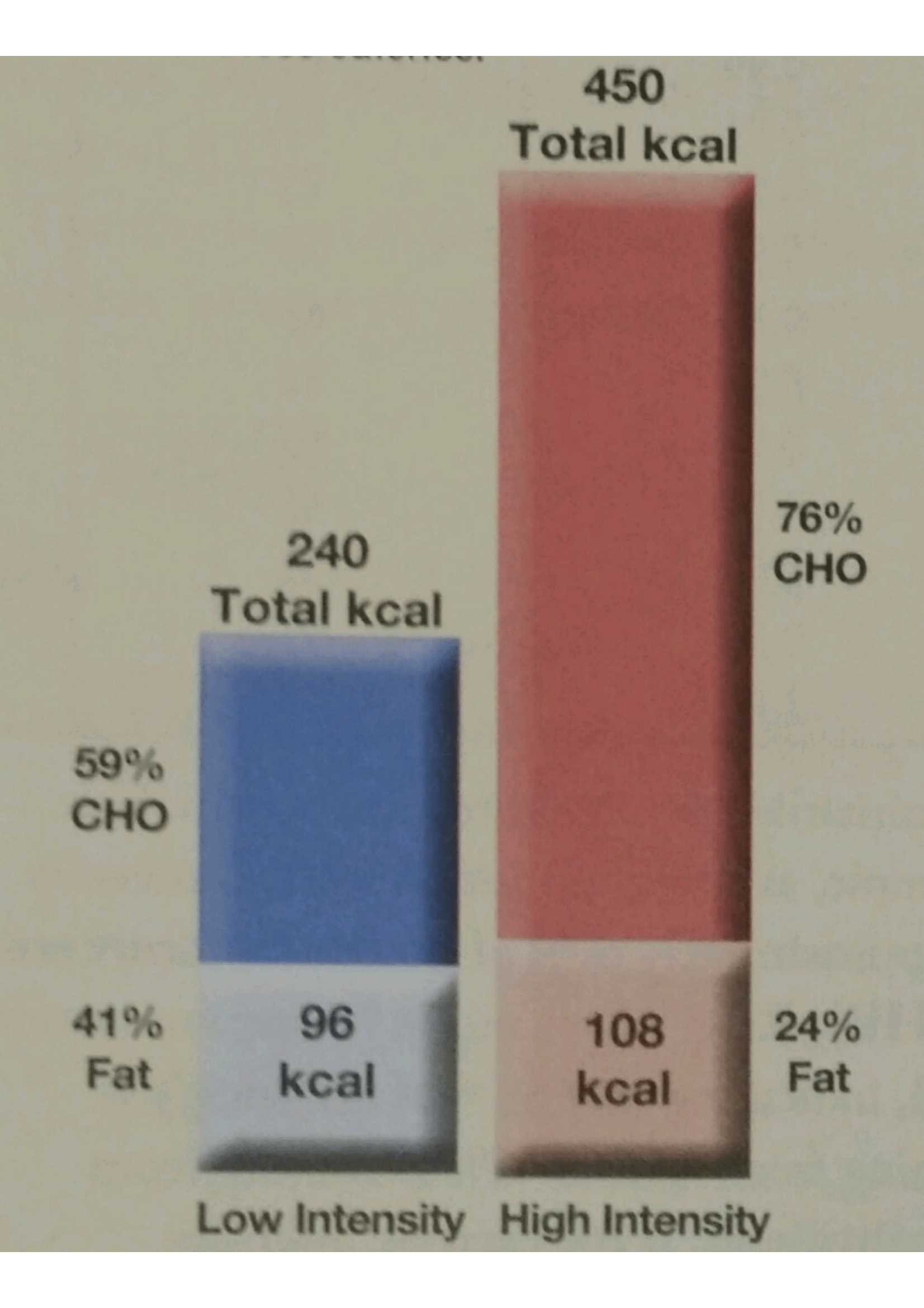Busting the myth. Low Intensity VS High Intensity Cardio
Everyone and their mother's brother has an opinion about which type of cardio is best for fat-loss. Unfortunately, opinions don't burn Calories so allow me to demystify which of these burns more fat.
The first thing we need to understand is how the body decides when it wants to burn glucose (carbs) and when it wants to burn fatty-acids. Fatty-acid oxydation requires a continuous supply of oxygen. Therefore, at rest the body can use both glucose and fatty-acids for fuel, since the cardiorespiratory system can easily supply the required amount of oxygen; however, when we exercise, it is more difficult to rapidly obtain oxygen to continue using fatty-acids for fuel.
The respiratory exchange ratio (RER) is a marker of the proportion of the fat or carbohydrate being used for fuel at different exercise intensities. The RER is a ratio of carbon dioxide produced relative to the oxygen consumed. This is measured by using analyzers that evaluate the O2 and CO2 concentrations in expired air during steady-state exercise.
NOTE: During incremental exercise, the RER is influenced by the buffering of acid metabolites and does not represent fuel use at all.
Essentials of Exercise Science for Fitness Professionals (p. 75)
From the table above we can see that at RER=0.70, pure fat is used as fuel. As exercise intensity increases, the body shifts to using carbohydrate as it's fuel source. At RER=1.00, pure carbohydrate is used as fuel.
At low intensities you burn significantly more fat. That settles it right? Well, not exactly. The RER chart has been the source of this misconception for many years and likely will be for years to come. Yes, you do burn a higher percentage of calories from fat but do you burn more total fat Calories? To test this, Researchers at the University of Wisconsin, La Crosse had subjects perform two 30-minute bouts of exercise, one low-intensity bout at RER=0.88 and one high-intensity bout at RER=0.93. [1] The results, in the table below show that during the low intensity trial, subjects burned 240 Calories with 96 of those Calories coming from fat (41%). During the high intensity trial, subjects burned 450 Calories with 108 of those Calories coming from fat (24%). As you can see, while there was indeed a higher percentage of fat Calories burned during the low intensity trail, there was a higher total number of fat Calories burned during the high intensity trial (108 vs 96).
Essentials of Exercise Science for Fitness Professionals (p. 76)
Additionally, it is important to remember that the total number of Calories burned is what determines weight loss, regardless of the source of those Calories.
So there you have it, always do high intensity, right? Again, not exactly. The thing you want to take into consideration here is recovery. More intense exercise puts more demand on our bodies. What is your primary goal? Is fat loss the only thing you care about in regards to fitness? If so, most of your cardio should probably be high intensity. If you care about strength, you might want to limit the amount of high intensity cardio you perform so that you do not negatively impact your strength.
Thank you for reading! I hope this cleared up some confusion for you. Also, I have some great news! There are now spots available for new clients at Treadaway Training! If you'd like to sign up or if you'd like to hear more details, you can contact me on facebook, click the Hire Treadaway tab, or email me at ryan@treadawaytraining.com. God bless you and your family and I'll see you next time!
References:
[1] Porcari, J.P. (1994). Fat-Burning exercise: Fit or Farce? Fitness Management, July, 40-42
[2] ACE's Essentials of Exercise Science for Fitness Professionals




